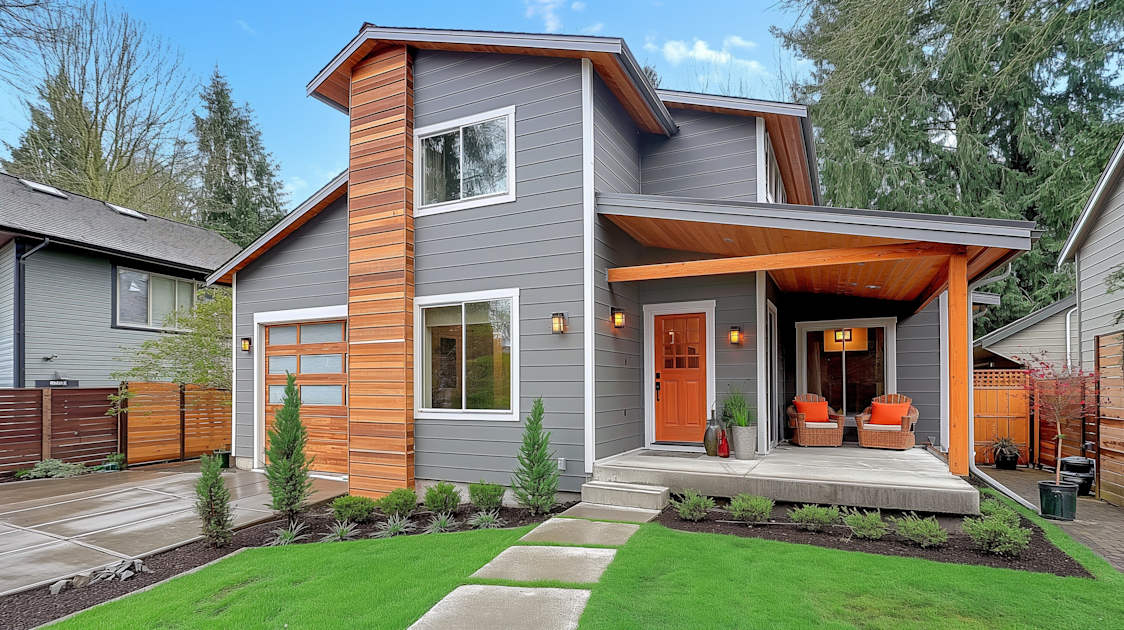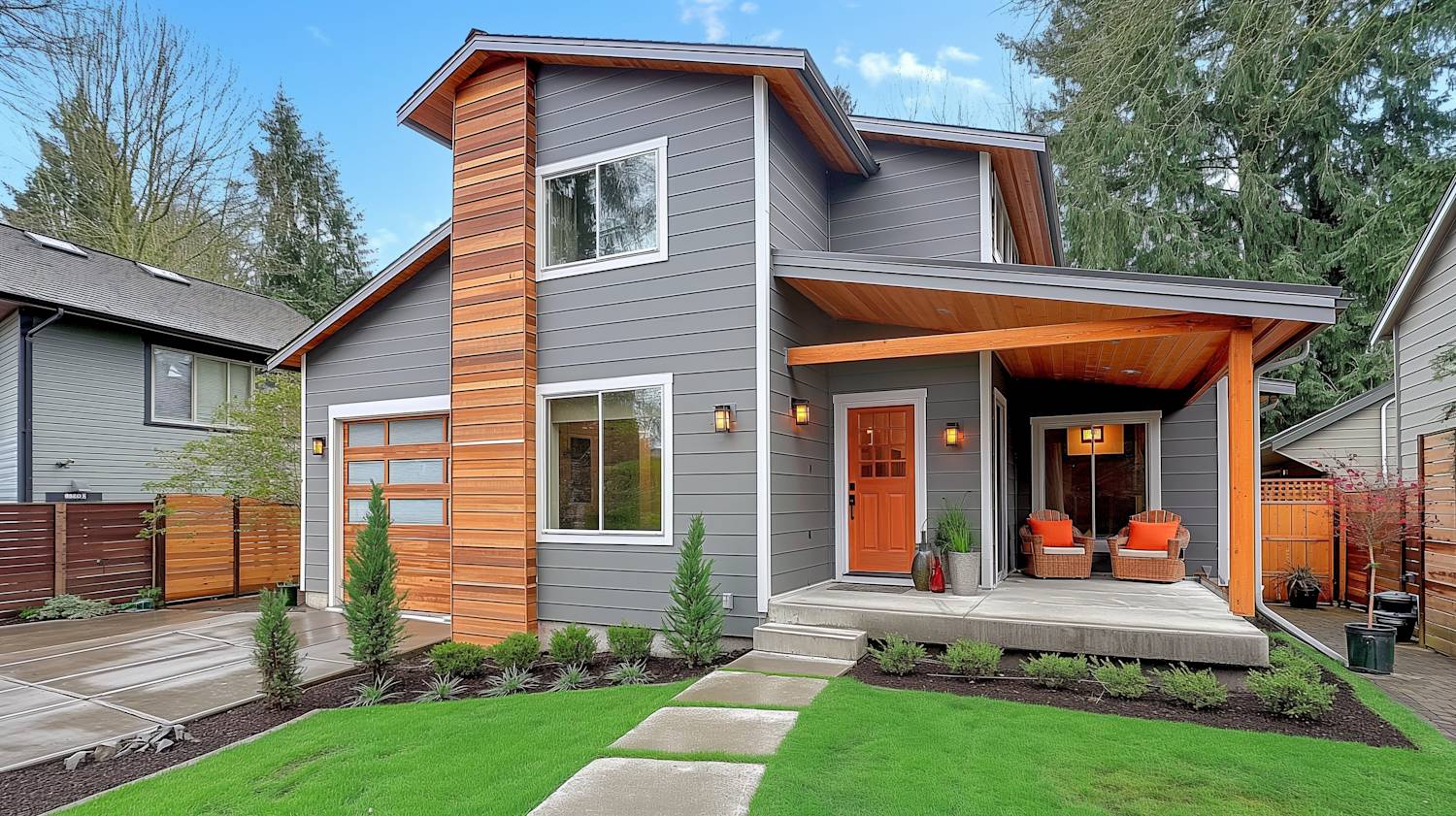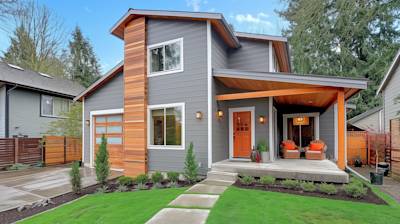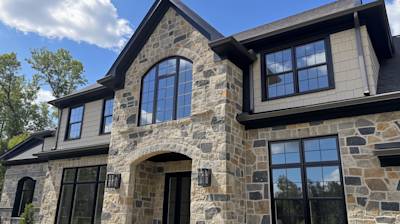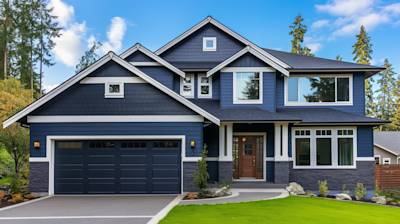Clapboard siding, often referred to as "bevel," "lap," or "weatherboard" siding, stands tall as one of the oldest types of exterior siding used on homes. It is identified with its long, thin boards that are installed horizontally with the upper piece overlapping the lower. Clapboard sidings provide an alluring aesthetic appeal to your structure while also offering high-quality protection against weather elements. This informative blog post covers various aspects of clapboard siding, including its features, installation, maintenance, and more, with an aim to enhance your understanding of this age-old siding type.
The Attractive Features of Clapboard Siding
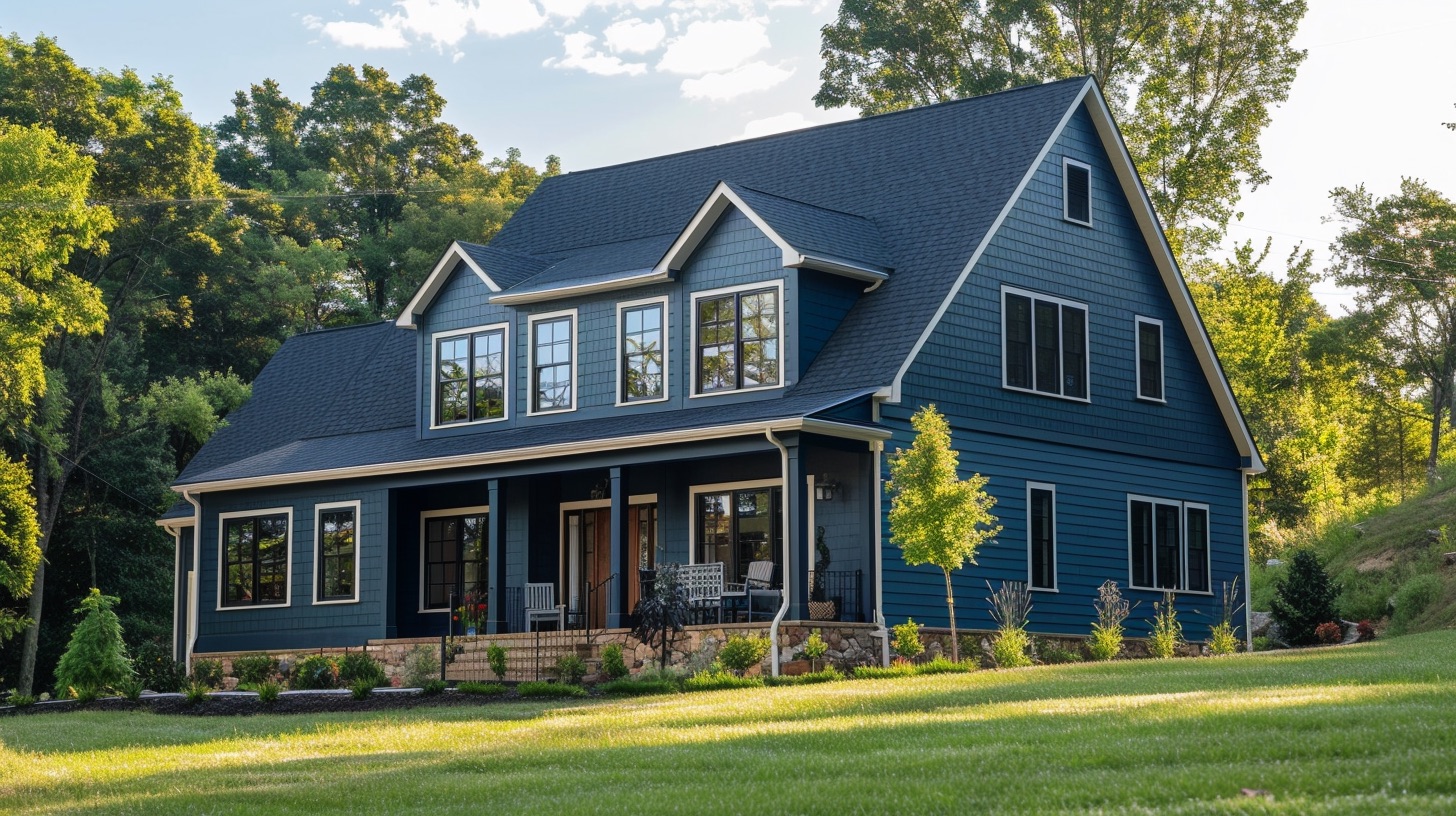
Clapboard siding is cherished by homeowners for various reasons. One primary attribute lies in its unique ability to offer an attractive, traditional, and rustic look to the property. For centuries, homeowners have adored this versatile material for its timeless and richly textured aesthetic value.
-
Durability: Clapboard siding is known for its durability. It is made to endure harsh weather conditions and can last several decades with proper care and maintenance.
-
Eco-Friendly: As it is made from natural wood, clapboard siding is an eco-friendly option for homeowners looking for a sustainable solution.
-
Variety: It is available in a wide variety of wood types such as Pine, Cedar, and Redwood, enhancing the possibilities for customization.
Installation Insights into Clapboard Siding
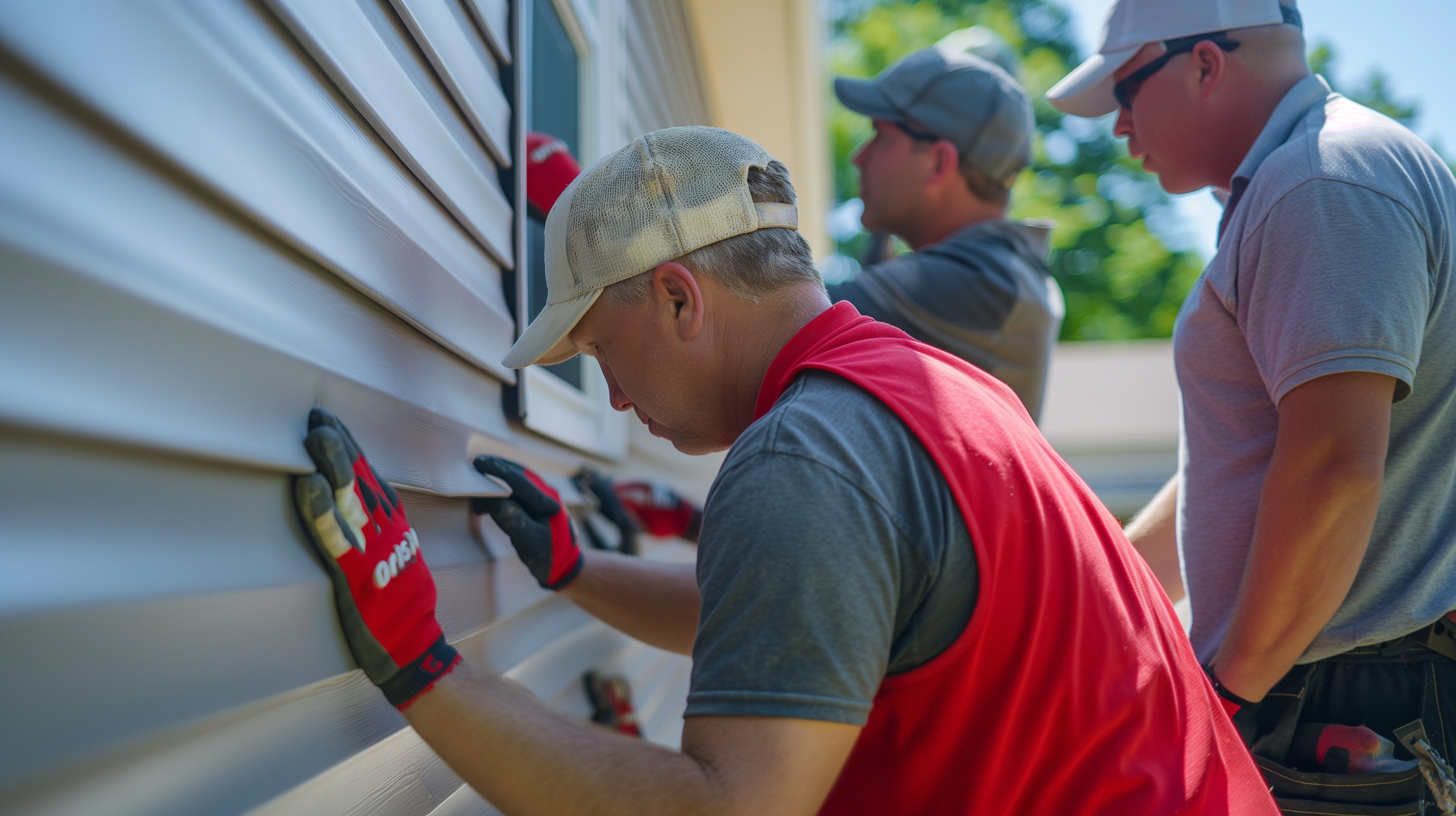
Installation marks one of the key phases in the journey of opting for clapboard siding. It plays a significant role in determining the longevity and efficacy of the siding. While it might seem tempting to embrace a DIY tactic, clapboard siding installation is usually best handled by professionals due to its technical nature. Professionals have the requisite skills and tools to ensure proper installation, enhancing its durability and weatherproofing capabilities.
Pre-installation Considerations
-
The choice of wood: The type of wood used impacts the longevity and maintenance requirements. For instance, Cedar is known for its natural resilience to rot and pests, while Pine is appreciated for its cost-effectiveness.
-
Quality of the clapboard: Good quality clapboard siding should be straight and free of knots and splits.
-
Environmental conditions: It's crucial to assess the local weather and climatic conditions as they can impact the performance of the wood siding. Certain types of wood perform better in humid conditions, while others are better suited to dry climates.
Installation Process
The clapboard siding installation process involves several steps, including preparing the wall surface, applying a moisture barrier, and installing each piece of siding with special attention to overlaps and fastening techniques. Additionally, proper sealing, caulking, and painting or staining is a key part of the process to ensure its longevity and water resistance.
Maintenance Matters: Taking Care of Clapboard Siding
To maximize the lifespan and aesthetics of the clapboard siding, consistent and proper maintenance is essential. The maintenance requirement usually varies based on the type of wood used.
Regular Inspection
Periodic inspection is crucial to detect early signs of damage. Look for peeling paint, mildew, rot or insect damage, and take necessary actions to address them.
Cleaning and Painting
Regular cleaning using a soft cloth or brush helps to remove dirt and sustain the beauty of the siding. Similarly, paint or stain requires touch-ups or complete redoing every few years. The frequency of painting depends upon the local climate and the quality of the previous paint job.
Repair and Replacement
If any piece of siding becomes damaged, it's usually possible to replace only the affected boards. Early replacement can prevent further damage to the wall beneath.
Leveraging the Beauty of Clapboard Siding
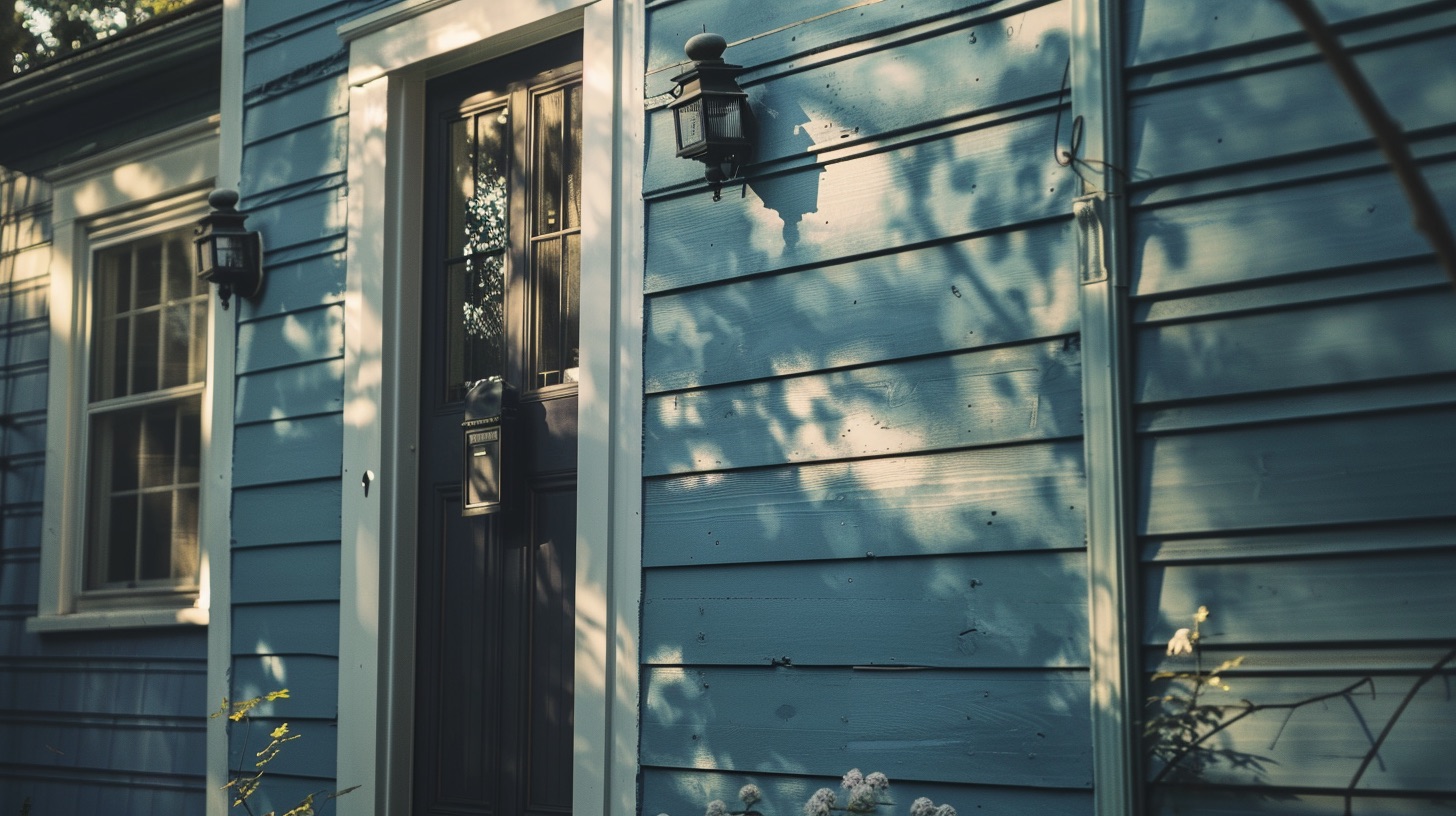
Clapboard siding, with its timeless appeal, is an excellent choice for homeowners seeking an attractive and durable siding option. While the initial investment might be higher, it pays off in terms of longevity, aesthetics, and an increase in property value. With the right choice, professional installation, and proper care, your clapboard siding can remain attractive and durable for years to come.
Frequently Asked Questions About Clapboard Siding
What is the History of Clapboard Siding?
Clapboard siding, often referred to as clapboard weatherboarding, has been used in North America since colonial times. The term "clapboard" originated from the Dutch word 'klappen' meaning "to split," reflecting the siding's unique manufacturing process. The initial wooden clapboard sidings were hand-split from logs, adding a charming, rustic look to the buildings. Over time, different materials and technologies have been introduced, but the technique remains rooted in its historical charm.
What Material is Commonly Used for Clapboard Siding?
Traditionally, clapboard siding was made from split logs. However, today's clapboard siding can be made from various materials, including cedar, pine, spruce, or even vinyl. These materials are cut into long, thin boards and then installed horizontally to create a weatherproof barrier for the exterior of a home.
How is Clapboard Siding Installed?
The installation process for clapboard siding involves applying the narrow boards horizontally across the home's exterior, overlapping each successive board to create a tight and sealed surface. The boards are typically nailed into place. The installation process requires skill and precision to ensure the boards overlap correctly and create a weatherproof shell.
Can I Install Clapboard Siding on My Own?
While it is possible to install clapboard siding DIY, it’s generally recommended to have it done by a professional. Installation can be quite labor-intensive and requires in-depth knowledge about weatherproofing building exteriors. Incorrect installation can lead to issues like water damage, leading to expensive repairs in the future.
How Long Does Clapboard Siding Last?
The lifespan of clapboard siding varies considerably based on the materials used and the local weather conditions. When properly maintained, wood clapboard siding can last up to 100 years. Vinyl clapboard siding, on the other hand, generally lasts between 20 and 30 years with adequate care.
Does Clapboard Siding Require Special Maintenance?
Like any home exterior, clapboard siding does require regular maintenance. For wood clapboard siding, this includes regular painting or staining to protect the wood against harsh weather conditions, insect infestation, and rot. For vinyl clapboard siding, regular cleaning usually suffices to maintain its appearance.
How Much Does Clapboard Siding Cost?
The cost of clapboard siding varies based on the materials used, the size of the house, and labor costs in your area. In general, you can expect to pay between $5 to $8 per square foot for materials and installation. For a more accurate quote, it’s best to contact a local contractor or home improvement store.
Can Clapboard Siding Increase My Home's Value?
Yes, adding or replacing siding, like clapboard, can increase your home's value. Its classic look and durability make it an attractive feature for potential homebuyers. Moreover, well-maintained siding can significantly enhance the curb appeal of your home.
Pros of Clapboard Siding
Attractive Appearance
Clapboard siding, also known as bevel or lap siding, is characterized by its smooth and clean horizontal lines. This makes for an attractive, classic aesthetic that's ideal for many architectural styles. From traditional Colonial homes to more laid-back beachfront retreats, clapboard siding can complement a wide range of exterior designs.
Durability
-
Weather Resistance: Clapboard siding can withstand various weather conditions, including strong winds, heavy rain, snow, and even hail. Some types of wooden clapboard have natural resistance to decay and pests.
-
Longevity: Properly maintained, clapboard siding can last for several decades. Wood clapboard can last between 20 to 40 years, while fiber cement or vinyl options can last upwards of 50 years or more.
Color Customization
With clapboard siding, homeowners have virtually unlimited color choices. Whether you select natural wood, fiber cement, or vinyl, you can paint or stain your clapboard siding any shade to match your style or meet neighborhood requirements.
Eco-friendly
Wooden clapboard siding can be sourced from sustainable forests, making it an eco-friendly option. Further, once the lifespan of wood clapboard ends, it can be decomposed or recycled, reducing its environmental footprint.
Cons of Clapboard Siding
High Maintenance
-
Regular Repainting: Clapboard siding, particularly wood, needs regular maintenance, like repainting or re-staining every few years. This can be labor-intensive and costly.
-
Risk of Rot: Wooden clapboard can suffer from rot and insect damage if not maintained properly. This typically requires professional repair or replacement.
Initial Cost
One of the most significant disadvantages of clapboard siding is the initial cost, particularly for materials like wood or fiber cement. Installation is also more challenging compared to other siding options, which could increase labor costs.
Climate Considerations
While clapboard siding is highly resistive to varying weather conditions, it's not ideal for every climate. In areas of extreme moisture or high humidity, it may be prone to expand, contract or distort. This can impact the siding's durability and lifespan.
Noisiness
In certain situations, clapboard siding, specifically vinyl, can be noisier than other options like stucco or brick. Strong winds or heavy rain can cause vinyl boards to rattle or create noise, which may be a nuisance to some homeowners.
Summary
Clapboard siding has established itself as a top choice for homeowners due to its durability and appeal. It is hard not to appreciate its classic look, the way it blends with various architectural styles, and its ability to resist harsh weather conditions. Indeed, clapboard siding speaks of the perfect balance between beauty and resilience.
While clapboard siding might require a higher initial investment compared to other options, the long-term benefits outweigh this initial cost. It ensures longer building lifespan, reduces maintenance costs, and most importantly, increases property value. This makes clapboard siding a financially smart choice.
Nevertheless, the best feature of clapboard siding is its environmental friendliness. As it is made predominantly from wood, a renewable resource, it leaves a smaller carbon footprint than other options. For those deeply connected with nature who care about sustainability, there may be no better choice than clapboard siding.
About Seattle Renovation Group
Welcome to Seattle Renovation Group! We're a premier home improvement and renovation company based in Seattle, WA, in the heart of the Pacific Northwest. For years, we've been transforming houses into dream homes with our professional, high-quality services. Whether you want to update your kitchen, revamp your bathroom, or remodel your entire house, we've got you covered. Let us bring our experience and passion for excellence to your next project!
Tags: clapboard siding, home improvement, exterior design,

